The animal kingdom is filled with incredible creatures of all shapes and sizes, but some stand out for their sheer enormity. From the oceans to the savannas, the largest species on Earth are not only impressive in their size but also in the roles they play in their ecosystems. This list highlights the biggest animals, providing fascinating details about their size, habitat, and unique characteristics.
Japanese Spider Crab
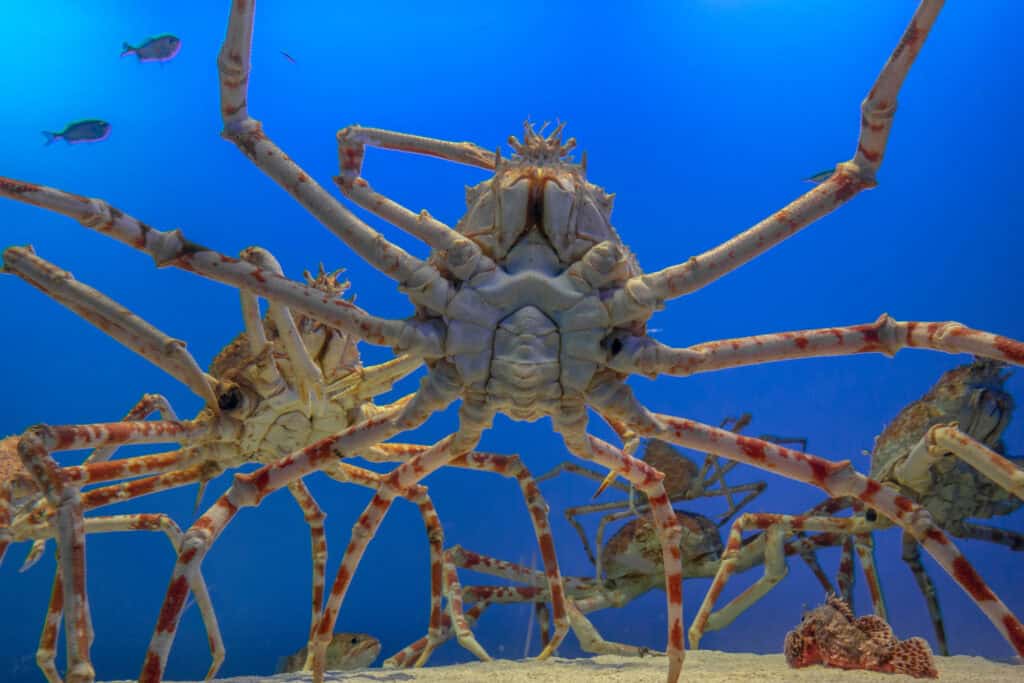
The Japanese spider crab (Macrocheira kaempferi) is the largest known species of crab, with leg spans reaching up to 12 feet across and weighing as much as 42 pounds. These are native to the deep waters of the Pacific Ocean near Japan, where they live at depths of up to 1,000 feet. Their long legs allow them to move quickly across the ocean floor, scavenging for food such as dead fish and plant material. They have a slow growth rate, taking many years to reach their full size, and can live for up to 100 years. Despite their fearsome appearance, they are not aggressive and are primarily scavengers. Their impressive size and long life make them a popular subject of research and fascination.
African Lion
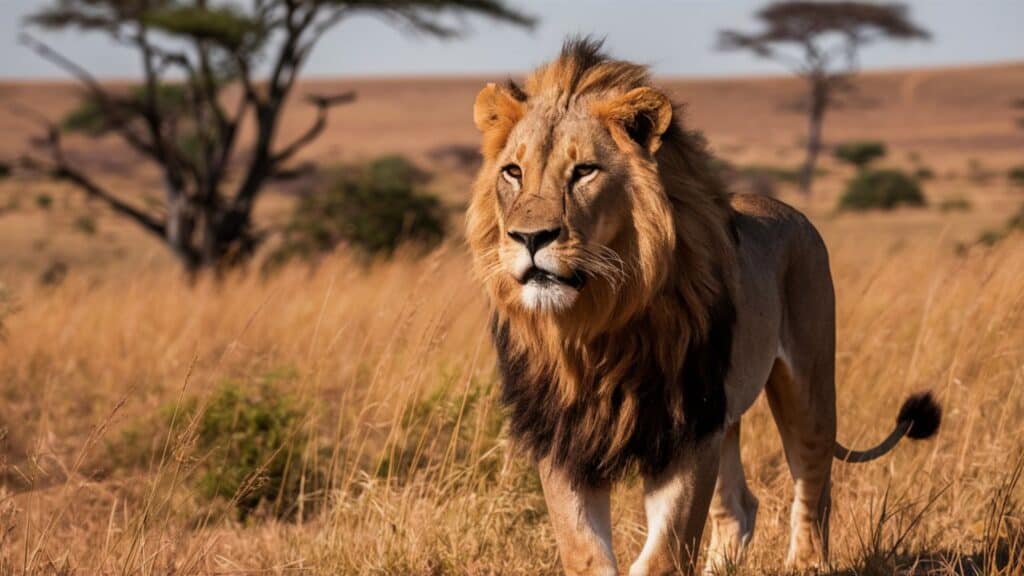
The African lion (Panthera leo) is one of the largest and most powerful big cats, with males weighing up to 550 pounds and growing over 10 feet long, including their tails. Known as the “king of the jungle,” they live in prides, which are unique social structures among big cats. Prides typically consist of several related females, their offspring, and a few dominant males. They are apex predators, hunting large herbivores like zebras, wildebeests, and buffalo in the African savannas. Male lions are easily recognized by their iconic manes, which serve as a display of strength and virility. They are capable of running at speeds of up to 50 miles per hour for short bursts when chasing prey. Habitat loss and human-wildlife conflict pose significant threats to lion populations, leading to efforts to protect these majestic animals. Recent efforts include increased anti-poaching measures and the establishment of wildlife corridors.
Green Anaconda
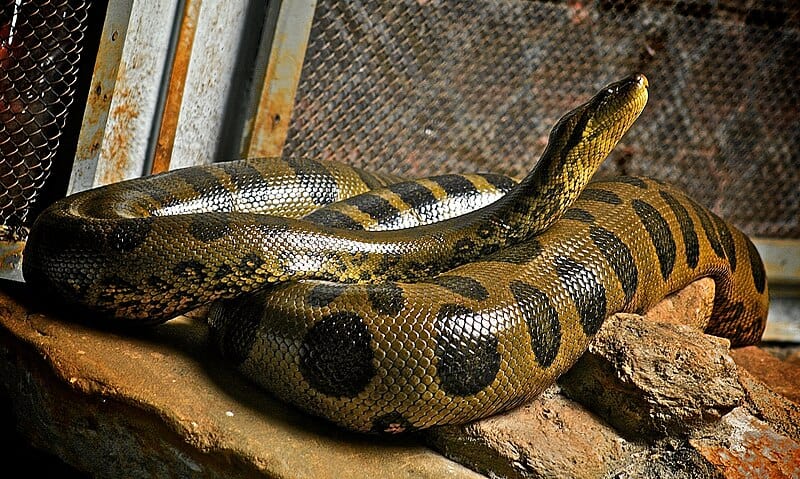
The green anaconda (Eunectes murinus) is the largest snake by weight, with some individuals reaching lengths of over 29 feet and weighing up to 550 pounds. Found in the swamps, marshes, and rivers of South America, they are ambush predators, feeding on a variety of prey, including fish, birds, and even large mammals like capybaras and caimans. These snakes are non-venomous, using their powerful bodies to constrict and subdue their prey. Their eyes and nostrils are positioned on top of their heads, allowing them to see and breathe while submerged in water, waiting for unsuspecting animals to come close. Despite their fearsome reputation, attacks on humans are extremely rare. They play a key role in their ecosystems, helping to regulate the populations of their prey species.
Colossal Squid
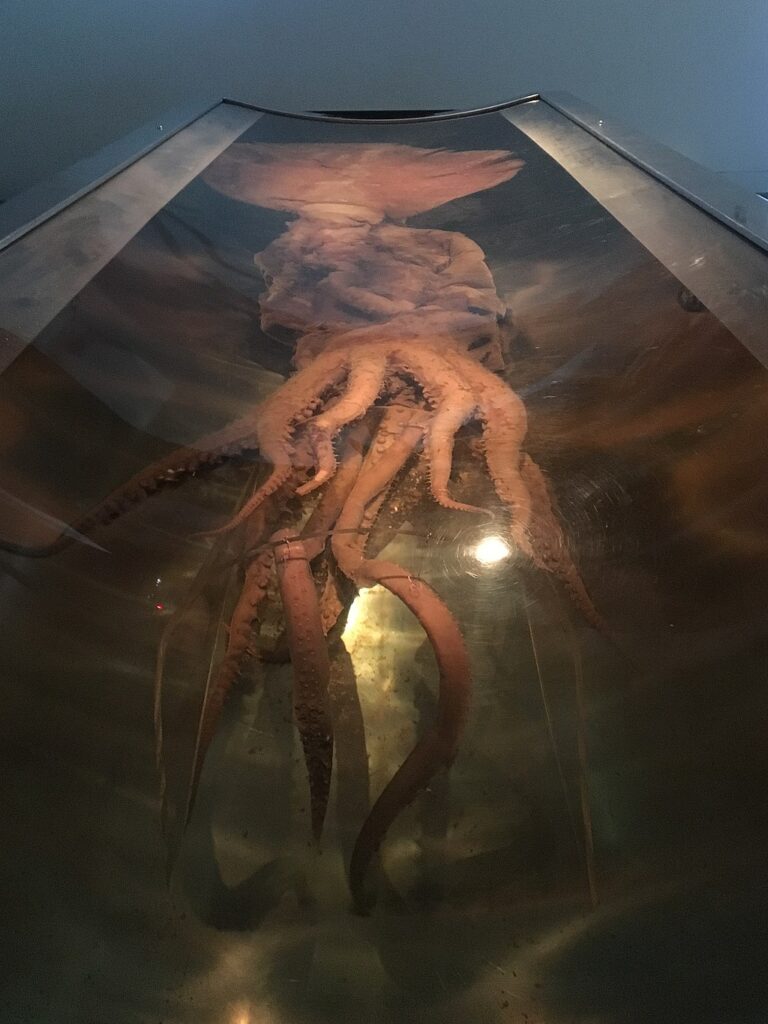
The colossal squid (Mesonychoteuthis hamiltoni) is the largest squid species by mass, with estimates suggesting they can grow up to 46 feet in length and weigh over half a ton. Unlike its close relative, the giant squid, the colossal squid has wider, heavier bodies and massive eyes that are among the largest in the animal kingdom, measuring up to 10 inches in diameter. These deep-sea creatures inhabit the cold waters of the Southern Ocean around Antarctica, where they are believed to prey on large fish and other squid species. Their tentacles are lined with swiveling hooks, which make them formidable predators in the dark depths. Despite their size, sightings are rare, and much about their biology remains a mystery due to the difficulty of studying them in their natural habitat. Their occasional appearance in fishermen’s nets has provided valuable insights into their size and anatomy.
Brown Bear
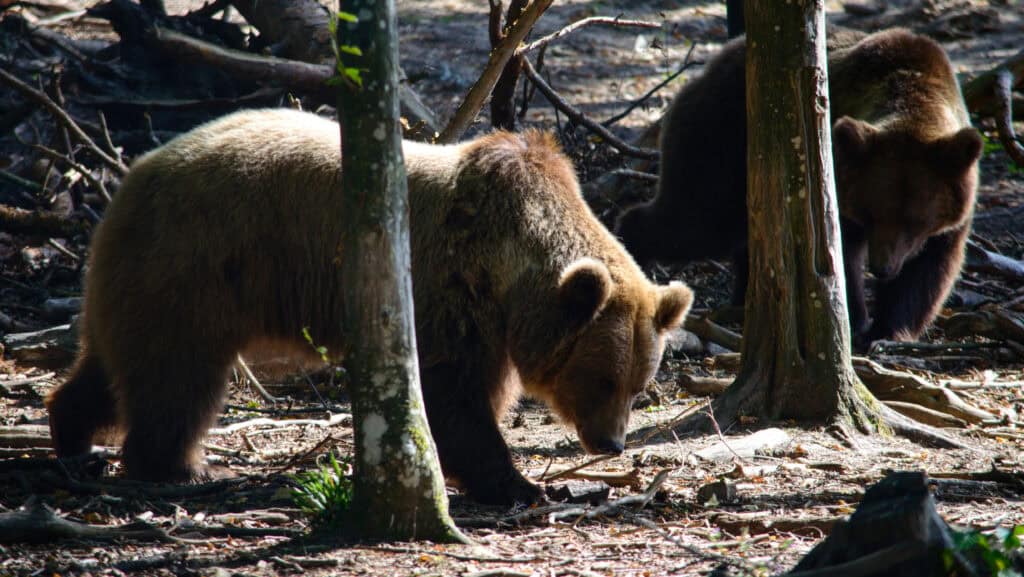
The brown bear (Ursus arctos) is one of the largest terrestrial carnivores, with some subspecies, such as the Kodiak bear, weighing up to 1,500 pounds and standing 5 feet tall at the shoulder. These powerful animals are found across North America, Europe, and Asia, living in a variety of habitats, from dense forests to alpine meadows. They are omnivorous, with diets that include berries, roots, fish, and small mammals, although they are also known to scavenge. Their massive bodies and strong limbs allow them to dig for food, break into beehives, and even move large rocks. They are solitary animals, except during mating season or when mothers care for their cubs. They hibernate during the winter, relying on stored body fat to survive the cold months.
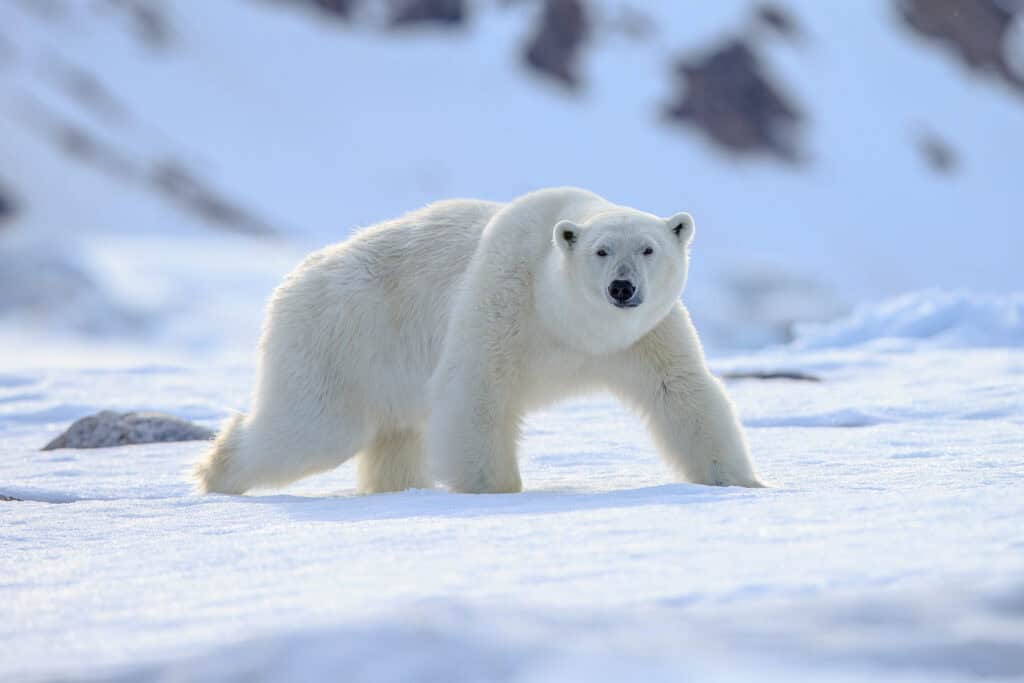
The polar bear (Ursus maritimus) is the largest bear species and the apex predator of the Arctic. Adult males can weigh up to 1,500 pounds and stand over 10 feet tall when on their hind legs. They are uniquely adapted to their icy environment, with thick layers of blubber and dense fur to insulate them from the cold. They primarily hunt seals, waiting by breathing holes in the ice to catch their prey. These animals are excellent swimmers, capable of covering long distances between ice floes in search of food. Their populations are under severe threat due to climate change, as melting sea ice reduces their hunting grounds and forces them to travel greater distances for food.
Saltwater Crocodile
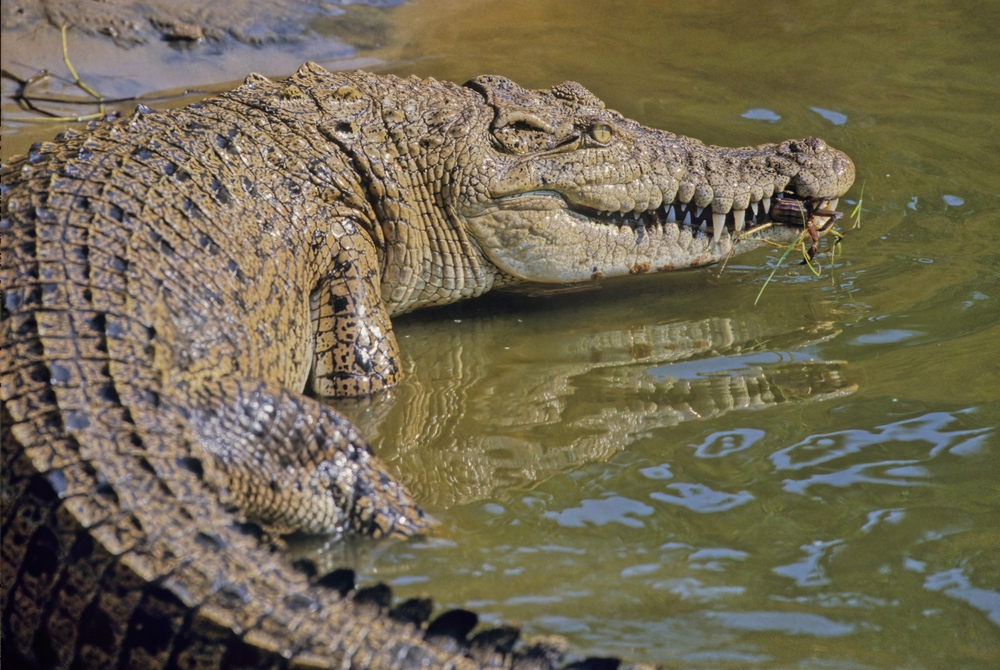
The saltwater crocodile (Crocodylus porosus) is the largest living reptile, with males reaching lengths of up to 23 feet and weighing as much as 2,200 pounds. These formidable predators are found in coastal regions, rivers, and wetlands across Southeast Asia, Northern Australia, and the Indian subcontinent. They have the most powerful bite of any animal, capable of exerting 3,700 pounds of pressure per square inch. They are opportunistic feeders, preying on a wide range of animals, from fish and birds to large mammals like buffalo and even sharks. They are known for their remarkable swimming ability, often traveling long distances in the open ocean. While they are apex predators, they are also extremely territorial and have been known to be aggressive toward humans.
Giraffe
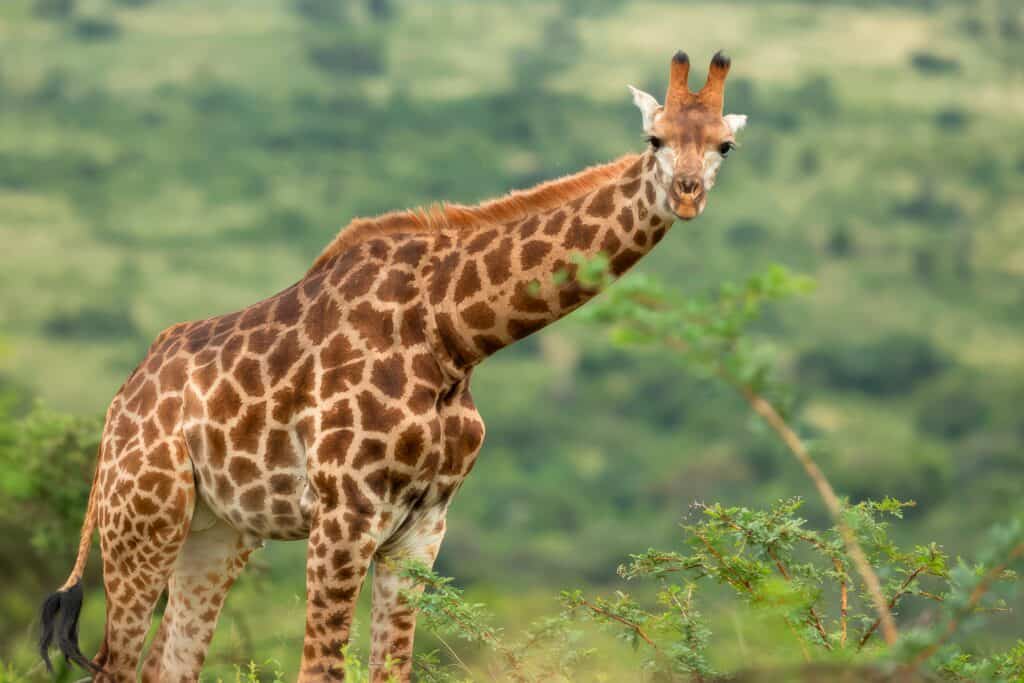
The giraffe (Giraffa camelopardalis) is the tallest land animal, with males reaching heights of up to 18 feet and weighing between 1,600 and 3,000 pounds. Their long necks, which can be over 6 feet long, allow them to reach leaves high up in trees, primarily feeding on acacia trees. Despite their towering stature, they have the same number of neck vertebrae as humans—just seven. These animals are native to Africa, where they roam savannas and open woodlands in small groups, known as towers. Their legs are also incredibly long, with their front legs slightly longer than their hind legs, giving them a unique walking gait. They are capable of running at speeds of up to 35 miles per hour over short distances.
Giant Oceanic Manta Ray
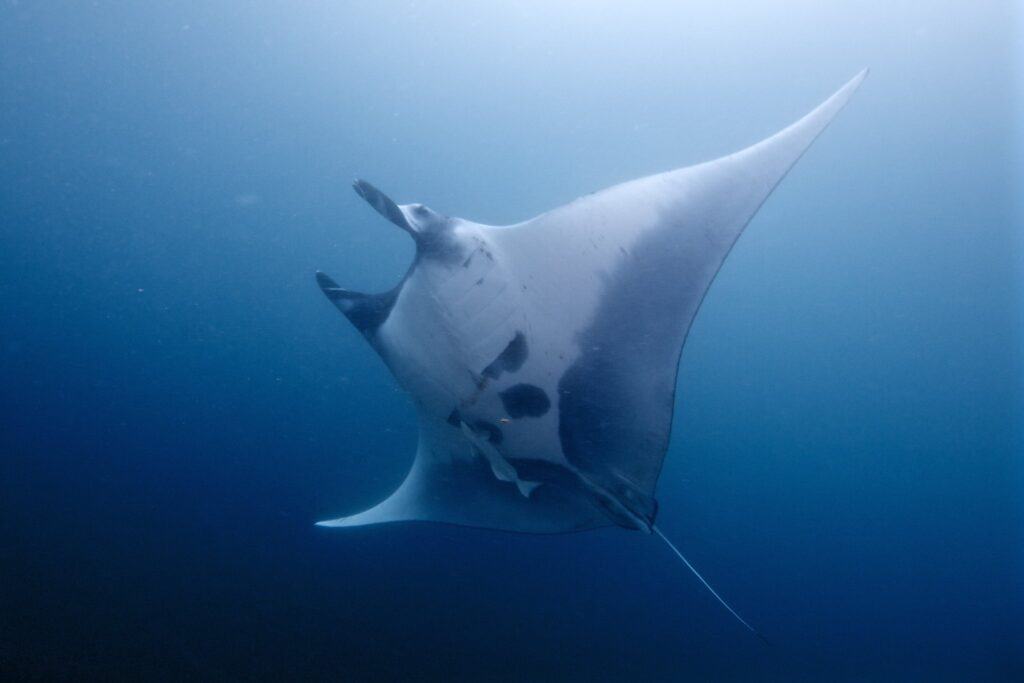
The giant oceanic manta ray (Mobula birostris) is the largest species of ray, with wingspans reaching up to 29 feet and weighing up to 3,000 pounds. These graceful creatures are found in tropical and subtropical waters worldwide, gliding effortlessly through the ocean. They are filter feeders, consuming large quantities of plankton and small fish by swimming with their mouths open. Unlike many fish, they give birth to live young, typically one pup at a time. They are known for their intelligence, with studies suggesting that manta rays may recognize themselves in mirrors, a trait shared by only a few species. Despite their size, they are harmless to humans, and their curious nature often leads them to interact with divers.
Asian Elephant
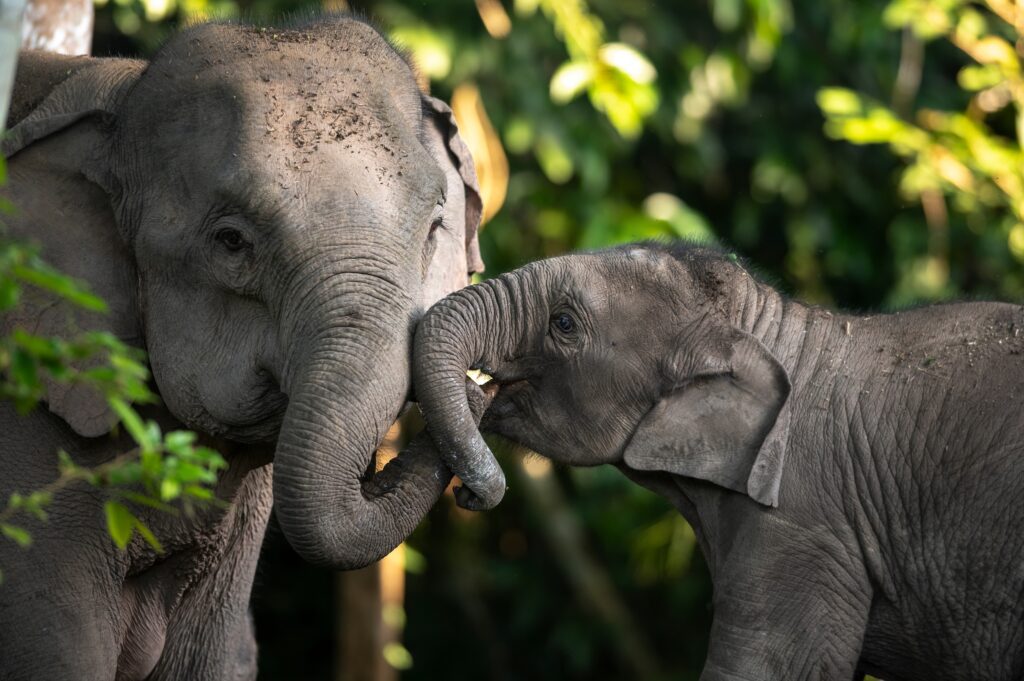
The Asian elephant (Elephas maximus) is slightly smaller than its African cousin but still holds the title of the largest land mammal in Asia. Males can stand up to 10 feet tall at the shoulder and weigh as much as 5 tons. Unlike African elephants, only some male Asian elephants develop large tusks, which are often the target of illegal ivory poaching. They are found in a range of habitats, from grasslands to forests, across South and Southeast Asia. They are highly social animals, living in matriarchal herds similar to African elephants. These are considered endangered due to habitat loss and human-elephant conflicts, particularly in regions where their habitats overlap with agricultural land. Conservationists are working to mitigate these conflicts through various initiatives, including creating wildlife corridors.
African Elephant
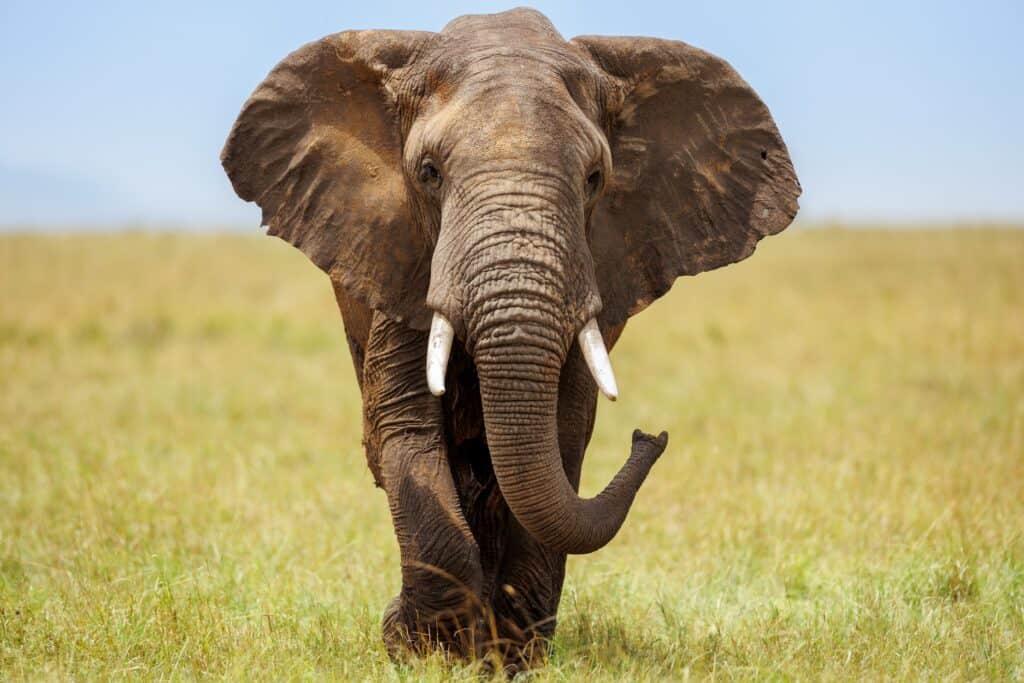
The African elephant (Loxodonta africana) holds the title of the largest land animal, with males typically standing about 10-13 feet tall at the shoulder and weighing between 5 and 7 tons. These herbivorous giants consume up to 300 pounds of vegetation daily, including grass, leaves, bark, and fruit. Their large ears help regulate body temperature in the heat of the African savannas. They are known for their complex social structures, where matriarchal herds are led by the oldest female. Their trunks, composed of over 40,000 muscles, are incredibly versatile, used for breathing, grasping objects, and communication. With life spans that can extend to 70 years in the wild, elephants play crucial roles in their ecosystems by shaping landscapes and creating water sources. Poaching for ivory remains a major threat to their populations.
Whale Shark
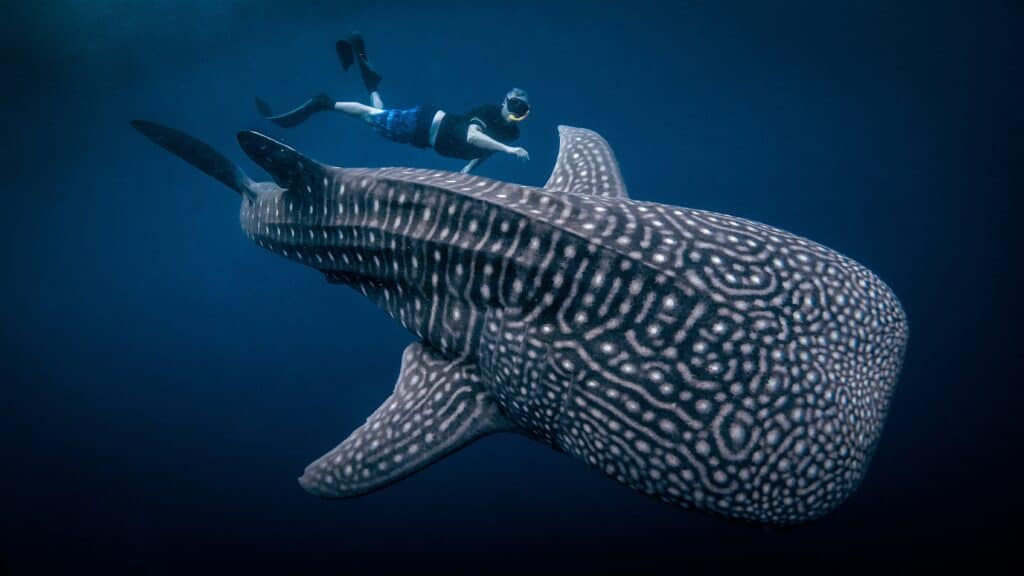
The whale shark (Rhincodon typus) is the largest fish in the world, growing up to 40 feet long and weighing over 20 tons. Despite their size, whale sharks are gentle giants that feed primarily on plankton, filtering vast amounts of water through their gills to capture microscopic organisms. Found in warm, tropical oceans, they are known to undertake long migrations, sometimes traveling thousands of miles between feeding grounds. They have distinct spot patterns on their skin, which researchers use to identify individual animals. They are solitary creatures, though they occasionally gather in large groups in areas with abundant food. Their slow growth and late maturity make them vulnerable to overfishing, and they are currently listed as endangered.
Sperm Whale
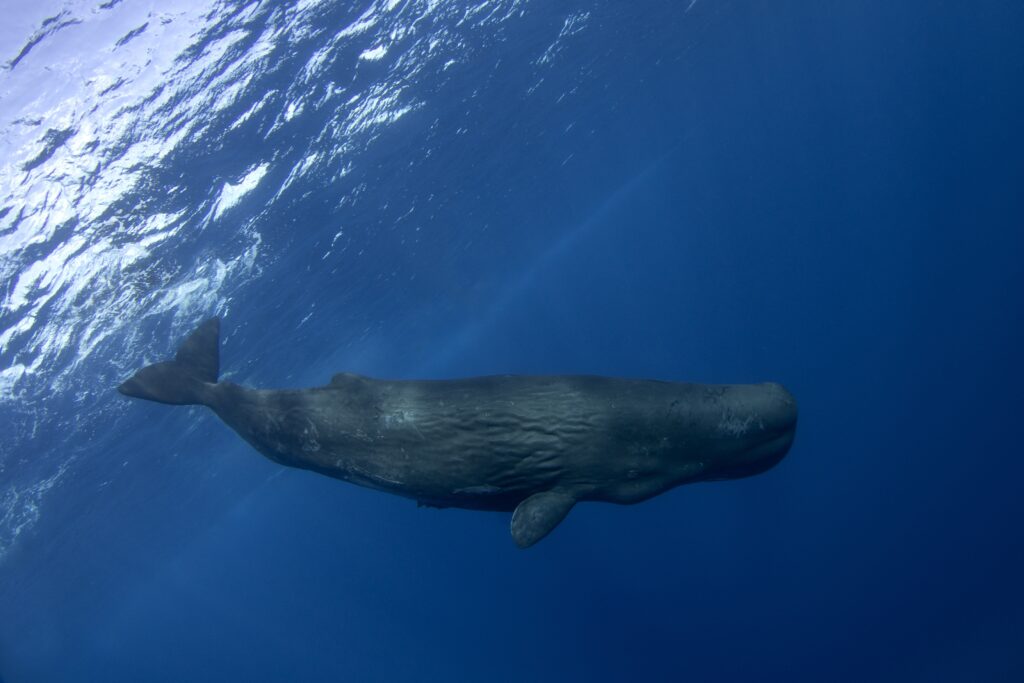
The sperm whale (Physeter macrocephalus) is the largest toothed predator in the world, with males growing up to 67 feet in length and weighing up to 57 tons. They are deep-diving champions, capable of reaching depths of over 3,000 feet to hunt for squid and fish. They have the largest brain of any animal, weighing around 17 pounds, and their heads contain a substance called spermaceti, which scientists believe helps regulate buoyancy during deep dives. They live in social units called pods, where females and their offspring stay together while males often live more solitary lives. Their loud, clicking vocalizations, known as codas, are thought to be a form of communication within pods. Once heavily hunted for their oil, sperm whales are now protected, though they remain vulnerable to ship strikes and entanglement in fishing gear.
Fin Whale

The fin whale (Balaenoptera physalus) is the second-largest animal on Earth, growing up to 88 feet long and weighing as much as 80 tons. These sleek and fast-moving animals can be found in oceans worldwide, often spotted in temperate and polar regions. They are baleen whales, feeding on small schooling fish, krill, and plankton by filtering water through baleen plates in their mouths. Known as “greyhounds of the sea,” they can swim at speeds of up to 25 miles per hour. Their distinctive asymmetrical coloration—dark on the left side of the head and lighter on the right—makes them unique among baleen whales. Their populations have been heavily depleted by commercial whaling, but they are now a protected species, and some populations are showing signs of recovery. These animals are crucial to the marine ecosystem, playing a key role in nutrient cycling through their feeding and waste processes.
Blue Whale

The blue whale (Balaenoptera musculus) is the largest animal ever known to have existed, reaching lengths of up to 100 feet and weighing as much as 200 tons. These marine mammals are filter feeders, primarily consuming krill, with an adult blue whale capable of eating up to 4 tons of krill in a single day. Their heart alone can weigh as much as a car, while their tongue can weigh as much as an elephant. Despite their massive size, they are surprisingly fast swimmers, capable of reaching speeds of up to 20 miles per hour. They are found in all major oceans, migrating long distances to feed and breed. Their deep, resonating vocalizations can travel hundreds of miles underwater, making them one of the loudest animals on Earth. Recent studies have shown that their populations are slowly recovering after being hunted to near extinction in the 20th century.
This article originally appeared on Rarest.org.
More from Rarest.org
15 Dazzling Marine Creatures with Unforgettable Hues
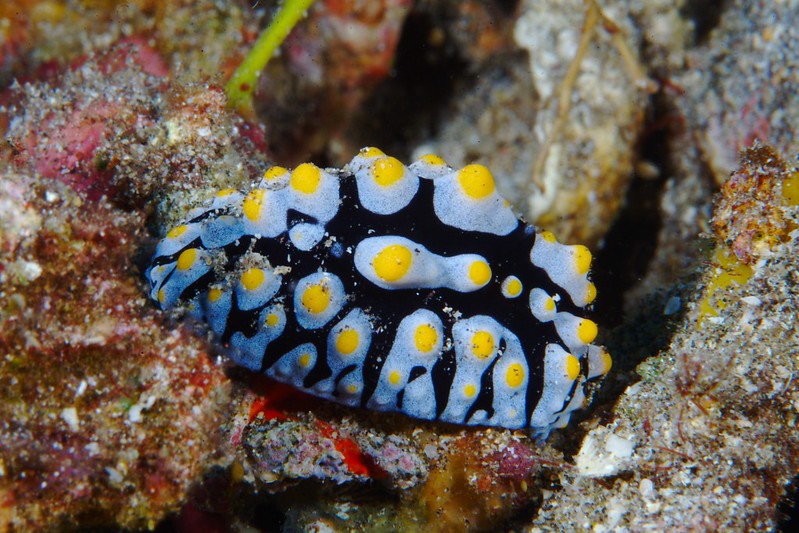
The ocean is home to some of the most breathtaking creatures on the planet, many of which captivate with their vibrant and unforgettable colors. These marine animals are not only visually stunning but often use their dazzling hues for camouflage, communication, or protection. Read More.
15 Spectacular Invertebrates with Amazing Survival Skills
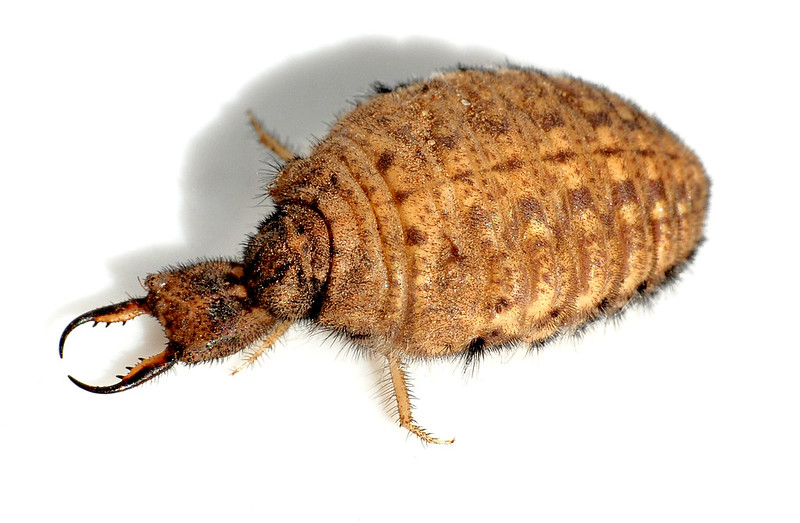
Invertebrates are some of the most adaptable and resourceful creatures on Earth, developing unique survival skills to thrive in diverse environments. From complex camouflage to explosive defense mechanisms, these creatures have evolved extraordinary abilities that help them evade predators, catch prey, and survive extreme conditions. Read More.
9 Largest Chicken Breeds in the World
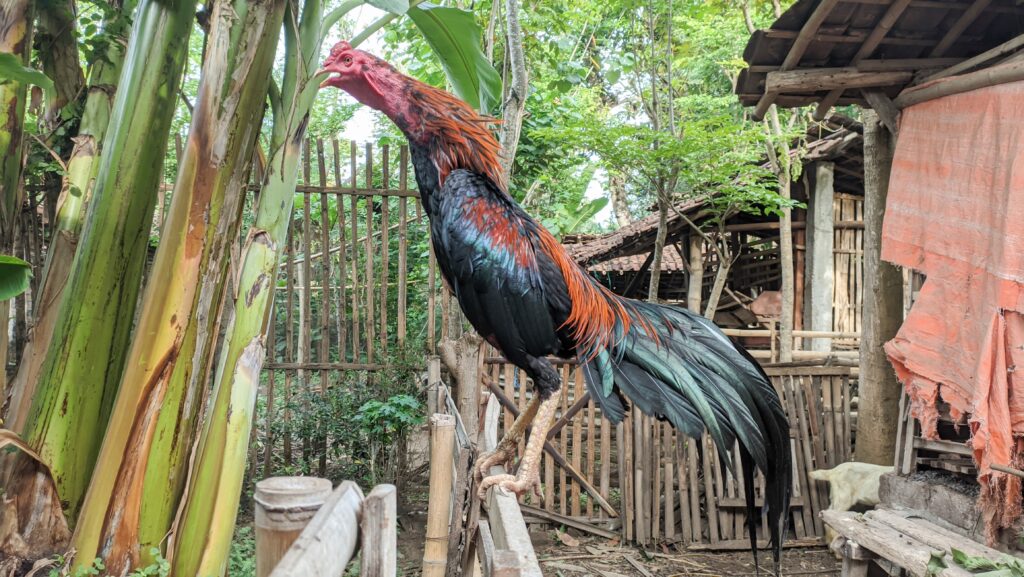
When it comes to raising chickens, size can make a big difference. Large chicken breeds not only offer more meat but also tend to be excellent egg layers and have friendly temperaments, making them ideal for backyard flocks. Read More.
